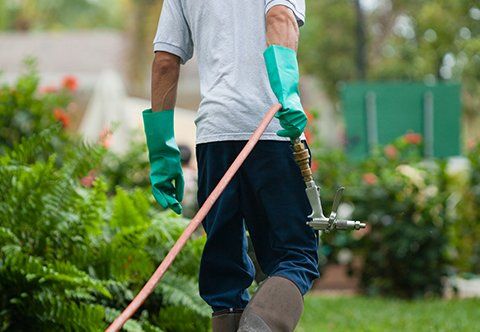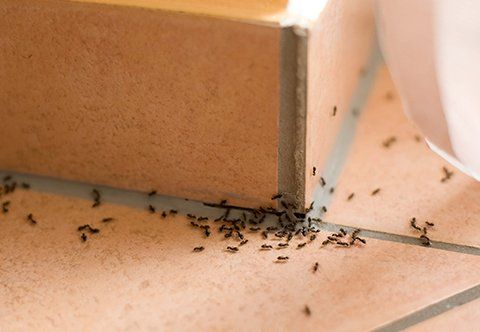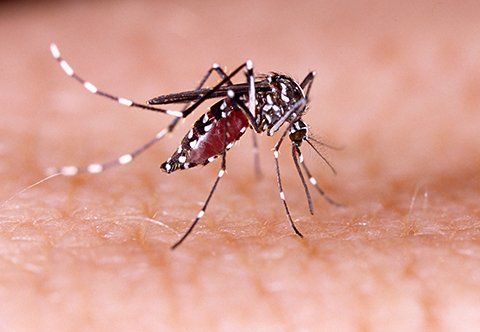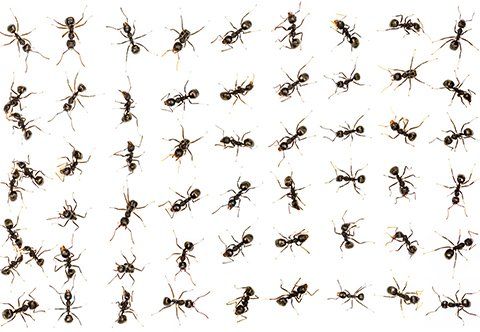
Most homeowners do not find the sight of ants scurrying around their home appealing. But the overall distaste of these insects is not the only danger of having them in your home. While surprising for most people to learn, some ants can affect your home and your health. By learning about these dangers, you will understand the importance of preventing and controlling an ant infestation.
This guide and your pest control professional will help you learn about the real dangers of having ants in your home.
This guide and your pest control professional will help you learn about the real dangers of having ants in your home.
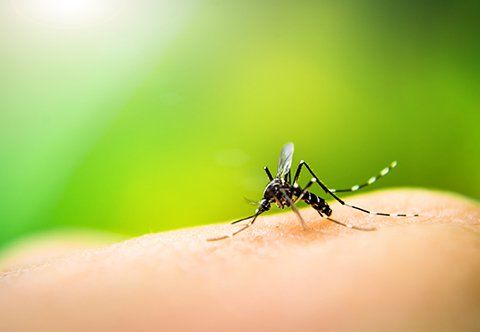
Mosquitoes are a common pest in every part of the United States. Mosquitoes feed off other living creatures by drinking their blood, and in doing so, are common carriers of dangerous diseases, such as the Zika virus. Mosquitoes can also carry yellow fever and malaria, among other diseases, although it's rare to be infected with these types of illnesses by an American-native mosquito.
You have many mosquitoes plaguing your property, and despite your best efforts to keep the creatures at bay, these pesky, hungry pests keep biting you and your family. To get rid of mosquitoes on your property for good, you must first understand why they are invading your home.
You have many mosquitoes plaguing your property, and despite your best efforts to keep the creatures at bay, these pesky, hungry pests keep biting you and your family. To get rid of mosquitoes on your property for good, you must first understand why they are invading your home.
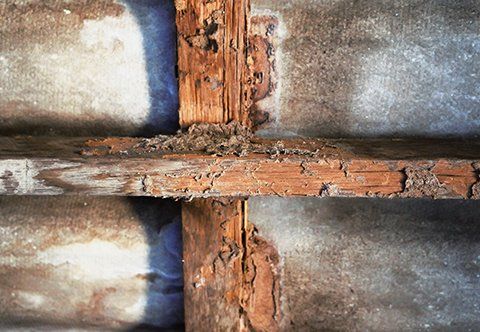
When you think about a pest that burrows into the wood structures in your home, multiplies at a rapid rate, and leaves you with thousands of dollars’ worth of damage, any homeowner is bound to be a little nervous. Termites are perhaps one of the scariest pest issues that a homeowner can face, so if you discover you have a problem with termites, a worried reaction is to be expected.
The key to handling a termite infestation is knowledge and a good pest control agent. While most homeowners know what termites are and even understand their threat, they do usually have specific questions. Here is a look at some common questions that worried homeowners have about termites.
Just How Quickly Can Termites Reproduce?
Even though a termite infestation can be a scary situation, it is a situation that can be handled with a good plan, ongoing treatment, and professional pest control help. Contact Copeland Exterminating Service for help if you have an infestation of termites in your home.
The key to handling a termite infestation is knowledge and a good pest control agent. While most homeowners know what termites are and even understand their threat, they do usually have specific questions. Here is a look at some common questions that worried homeowners have about termites.
Just How Quickly Can Termites Reproduce?
The rate at which the termite queen will produce eggs depends on the age of the colony. In the earliest development of a colony of termites
, a queen will not produce as many eggs, but as the colony gets more populated and older, the queen can lay as many as 1,000 eggs per day.
It is the tendency of termites to reproduce more as the colony grows that is most dangerous for homeowners. What looks like a small, manageable problem with termites at first can evolve into a full-on infestation if left unattended for a long period.
Are Termites a Health Hazard to Humans?
Termites themselves are not a known health hazard to humans. Even though they can accumulate in your home and could be deemed unsanitary, termite droppings are actually consumed in some parts of the world because they have nutritional value and are primarily composed of digested wood particles.
However, there is some concern that people could be allergic to termites and their fecal matter. So you should take notice of any skin reactions or allergic sensitivities if you have a major infestation in your household and come into close contact with the termites, their nests, or their droppings.
Termites are not predatory creatures. Instead, they are often sought after by predators like birds, ants, and other insects. Therefore, getting bitten by a termite would be unlikely even if they are in close proximity or get on you. A soldier termite could possibly deliver a bite if handled, but for the most part, termite bites are not a concern.
How Long Does It Take for Termites to Cause Significant Damage?
One of the primary problems with termites is the fact that they have an almost insatiable appetite for the cellulose in the wood they consume. These insects keep going through your wood for food 24 hours a day at a fast rate. Even worse, they stay hidden away, burrowed through tunnels they create in the wood, so you may not see damage even though you know the termites are present.
Measuring how long it takes for termites to cause significant damage is difficult because:
- Termites eat through material at different rates according to the density of the material
- Termite colonies can range in size so dramatically
- Termites don't always feed in the same places all the time
Even though a termite infestation can be a scary situation, it is a situation that can be handled with a good plan, ongoing treatment, and professional pest control help. Contact Copeland Exterminating Service for help if you have an infestation of termites in your home.

Your future house is a major investment, and you want to make a choice that gives you and your family a safe place to live for many years. While you naturally want to pick out a house that has the ideal layout and design, it is also important to focus on practical matters such as pest control.
Even the most beautiful house can quickly become uninhabitable when pests such as termites invade, and a major pest problem can become a huge financial drain if you are forced to repair serious damage to your house's structure.
The good news about pest control issues and home buying is that you have control over knowing exactly what you are dealing with when purchasing a house. Use this guide to detect pest problems as you tour new homes and identify strategies for dealing them.
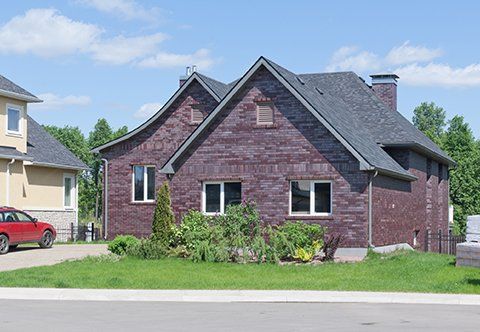
Fall is an excellent season to spend time outdoors. The temperatures have dropped to a comfortable level, and the bugs have relocated until next spring. In order to fully enjoy playing football on the lawn with your children or having friends over for a few final outdoor barbecues, you'll want to keep your yard looking great. Follow the six lawn maintenance tips below and you'll have an inviting property that is also healthy and thriving.

Termites thrive in humid environments, and your South Carolina home is at risk for being invaded by these destructive critters. While pre-sell inspections help, it is still possible to find yourself dealing with an infestation years later. When you suspect a termite invasion, it is important to act fast by checking for these signs of a problem.

Copeland Exterminating Service proudly provides education and information to our customers to help homeowners better understand the habits and behaviors of pests. This knowledge helps in the war against bugs and home invaders. In this installment, we want to discuss roaches.
What does it mean when you find roaches in your kitchen?
You can be alerted to the presence of roaches in your home by smell, by finding roach egg cases or roach feces, by finding dead roaches, or by seeing them scatter when you click on a light at night. If you finding roaches out in the daytime, you already have an infestation on your hands.
Roaches come in looking for food, water, or shelter. They want to eat and mate. They like to live in things such as newspaper stacks or piles, in cardboard boxes and paper bags, in clutter, or in trash that has accumulated. They like paper especially, but will find ways into anything for food such as the oven or microwave.
Give Copeland Exterminating Service a call today and let us provide residential pest control. We can block any entryways from outside and spray inside in likely hiding places. We look forward to helping you!
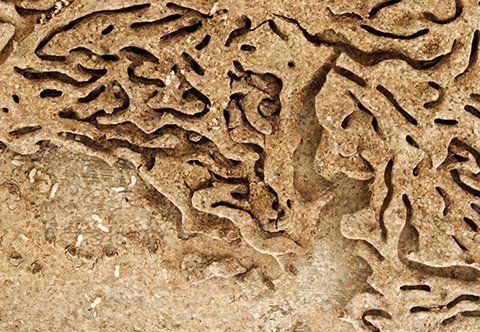
As the weather warms up, so do the termite swarms. The Southeast will again start bracing for a heavy termite season
as spring approaches, so if you live in the area it’s good to be educated about what you’re up against.
Termites, also known as silent destroyers, are extremely prevalent in the southeastern US and have been known to cause more than $5 billion worth of property damage to homeowners in the area. These costs are created when termites chew through wood, wallpaper, flooring and other parts of the home. Here are some of the most common types of termites to watch out for and where they are located:
